Deer Eyesight — a shamanic view of things
Originally Posted by StrayDog
Shaman, I enjoyed reading about your trip and especially the informative regarding photos of different types of colorblindness, Especially the example of what deer would see.
Thanks. You know, of all the things I’ve written over the years, I think the thing on what deer really see was the most flat-out informative piece I’ve done.
If you go back and look at the canon of stuff written about deer and their eyesight, you see mostly flat-out manure. I’m talking about whole chapters of books that are completely wrong. I was decades into deer hunting and even outdoor writing before I got a handle on the reality of it all. If you’d asked me 20 years ago, I couldn’t tell you if:
Deer saw Hunter Orange as gray
Deer saw Hunter Orange as yellow ( or black or white or whatever)
Deer didn’t see Hunter Orange at all (whatever that meant)
I’ll also tell you that it is my suspicion that the outdoor world does not want the hunter to know the truth. There are a lot of powerful advertisers out there that capitalize on hunters’ misunderstanding of a deer’s eyesight to market their product.
Basic truths about deer’s eyesight according to the shaman:
1) Deer see Hunter Orange as a muted yellow– about the same as maple leaves that have turned
2) Deer have a bigger retinal area in focus than humans. However, it is not as crisp focus as a humans. The bottom line is that they can see movement better than us, but can’t make out detail as well.
3) Deer have more rods than we do and fewer cones. This means they can see in lower light conditions. It also means they don’t see as vivid a color palette and the image is not as sharp.
4) Deer have a phenomenal 270 degree cone of sight, but they can only see stereoscopically in about few degrees directly ahead.
The big takeaway from all this is that if you do the following things, you will be nearly invisible to deer:
1) Only move when they’re moving, and do so in small increments
2) Keep your movements confined to those interior to your body outline. Do not allow your general body outline to change shape as you move.
3) Try to blend in with your background.
Let me give you an example. Our deer camp is on the highest elevation of the farm. It is painted bright red. I sit on the back of the house in the evening and watch the deer. If I’m not going to spook the deer, I can’t wear a white T-shirt, however, a normal barn coat and jeans is enough to fool them out to about 60 yards. I also wear a hat with a brim, so I can tilt my head down and obscure my face. If I sit out in cut-offs and a white shirt, I can spook the deer at 400 yards. If all is going to plan and the wind is with me, the deer treat me as part of the house. I can even take a sip of my scotch or put my binos up to my eyes without a problem. If however, I have to reach outside my body’s outline to do something (like refill my cup) the deer are almost immediately on alert.
This post has already been read 980 times!
Views: 2
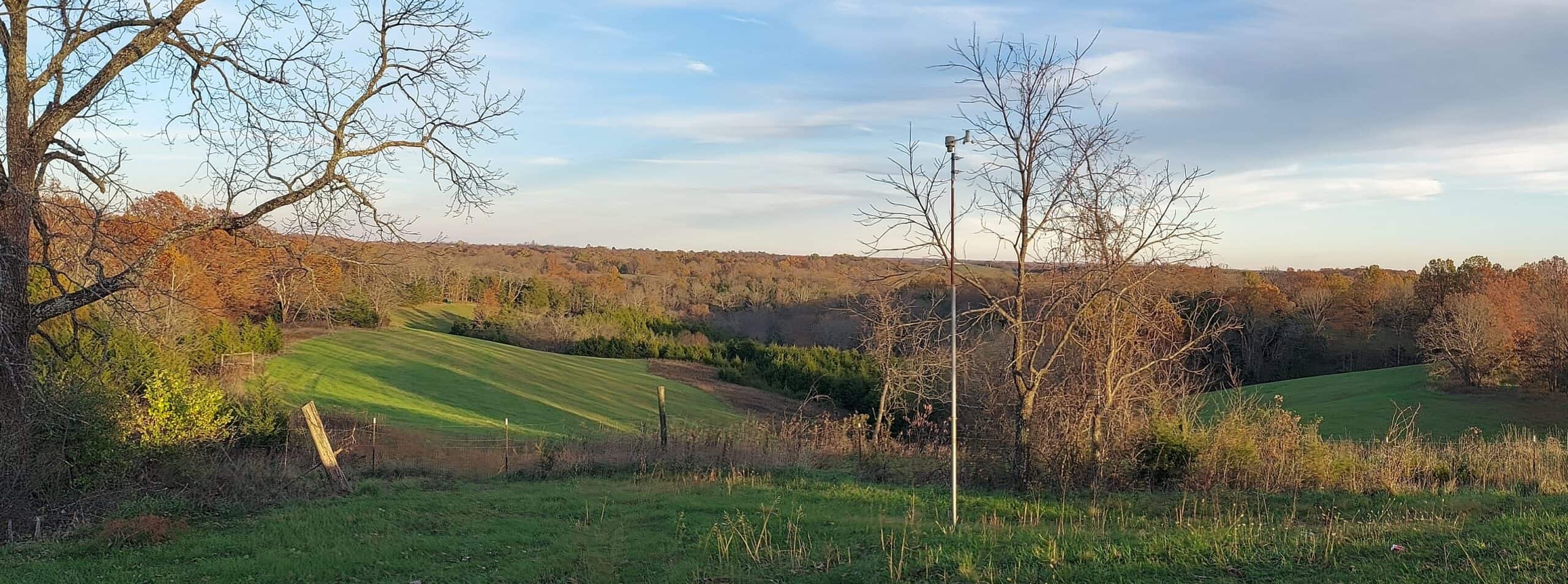

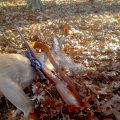
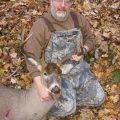
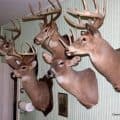
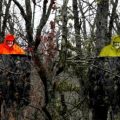



Comments
Deer Eyesight — a shamanic view of things — No Comments
HTML tags allowed in your comment: <a href="" title=""> <abbr title=""> <acronym title=""> <b> <blockquote cite=""> <cite> <code> <del datetime=""> <em> <i> <q cite=""> <s> <strike> <strong>